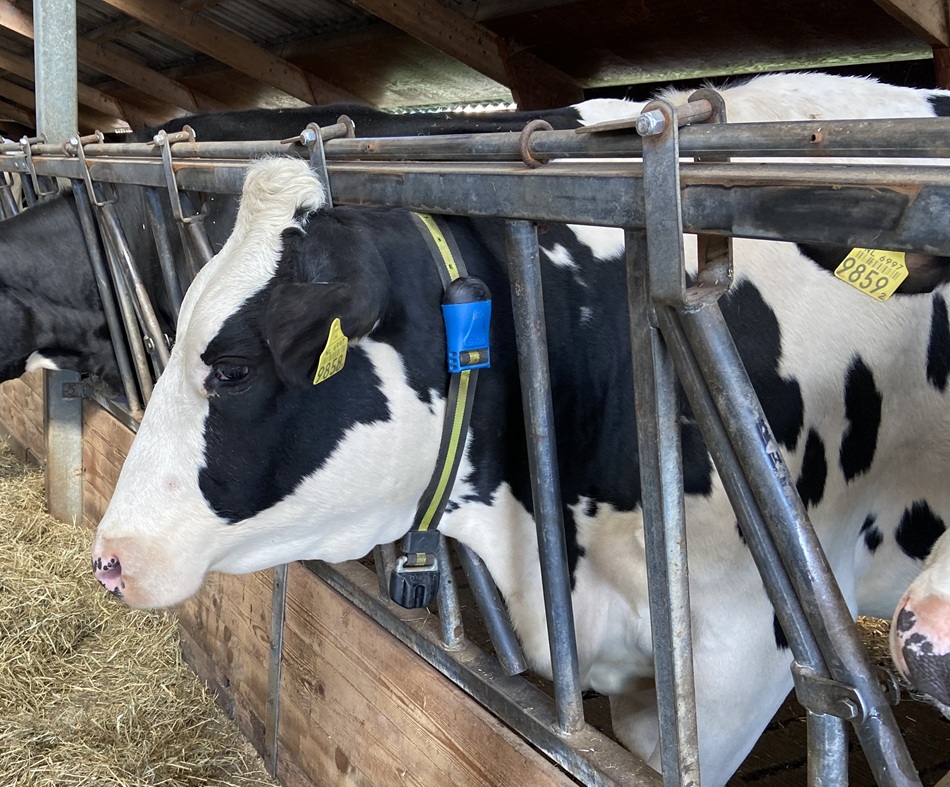The importance of investing in low-emission and resilient livestock production

The livestock sector is vital to food security, nutrition and livelihoods for billions of poor people worldwide, but it is also under scrutiny for its various environmental impacts. Climate change impacts are the main concern, mainly through methane (CH4), nitrous oxide (N2O) and carbon dioxide (CO2) emissions, together with biodiversity loss and land degradation. Such intense scrutiny from the media and governments can make donors and financial institutions reluctant to invest in livestock globally. However, disinvestment in livestock development can increase challenges such as food insecurity and malnutrition for billions of vulnerable people, such as smallholder farmers and pastoralists in low- and middle-income countries, and indirectly encourage an unsustainable development path for the sector.
A recent scientific paper looks at livestock farming and investigates how and why investing in low-emission and resilient livestock production can be beneficial.
The authors outline how livestock production fulfils multiple roles for people and the planet beyond providing highly nutritious food. In terms of protein supply, there is clearly a strong case for investing in livestock for nutritional outcomes. Livestock provide almost 40% of the protein supply per tonne of CO2 globally. Not to mention the supply of micronutrients such as iron, calcium, zinc or vitamin B12, for which, according to the FAO, the role of livestock is inevitable. Investing in livestock is essential for the nutrition of hundreds of millions of smallholder farmers and pastoralists and for securing the livelihoods of populations most vulnerable to climate change. Unlike other types of business, farmers tend not to return when they quit.
The choice should not be whether to invest in livestock but how to invest
Therefore, the choice should not be whether to invest in livestock but how to invest. The paper makes the case for financial institutions and development agencies to continue to invest in low-emission and resilient small-scale and pastoral livestock production, making existing livestock value chains more efficient, less GHG intensive and less vulnerable to climate change. Even if methane is the main source of livestock GHG emissions, mitigation actions targeting CH4 can have strong productivity and food security benefits. The mitigation potential of improving livestock production is well documented in a variety of systems and regions around the world.
One example is the potential for a 30% reduction in GHG emissions achievable at the global level through the application of best practices. In comparison, up to 24% reduction in dairy production in East Africa is possible through feasible improvements in feed quality, animal health and good husbandry, and 14-38% in other systems and regions. For CH4, a recent meta-analysis of 430 peer-reviewed studies identified 98 measures to reduce CH4 emissions and found that adopting the most effective measures could help meet the 1.5°C target by 2030.
Improving livestock production benefits nutrition and income
Improving livestock production benefits nutrition and income and is key to achieving our current climate change goals. Specific data, tools and capacity are needed to account for these benefits while accurately measuring greenhouse gas emissions and reflecting them in national climate commitments. Still, they are not currently available in all countries. Scientific research is particularly important to improve measures further, better assess the different sources of emissions in different production systems, provide guidance in different local contexts, and advise on how to reduce them.
Further research is needed to assess and measure the mitigation potential of available and emerging options, from better livestock management to new technologies such as feed additives or manipulation of the rumen microbiome. FAO recommends three main strategies for mitigation in the livestock sector: improving efficiency and productivity, better-integrating ruminants and monogastrics into the circular bio-economy, and increasing soil organic carbon, especially in pastures.
More research is also needed on the choice of metrics to report GHG emissions for different foods, which can significantly affect how emissions are reported and how decisions are made. Most publications that aim to provide evidence for decision-making, either at the policy or individual level, use a Life Cycle Analysis (LCA). Comparing foods based on emissions per kg of product may favour less nutritious foods. They use a GHG/nutrient density metric that significantly changes the ranking of different foods, with animal products such as milk, meat and eggs ranking better for the environment than when using GHG/100g of product. Accounting for the quality of nutrients in the functional unit can also significantly affect the carbon footprint of foods, as animal and plant proteins do not provide the same diversity of amino acids. For example, accounting for protein quality can reduce the carbon footprint of cheese by 40% and increase that of wheat by 130%.
Institutions and agencies need to be better informed about the consequences of their choices
In summary, the authors state that financing institutions and development agencies need to be better informed and supported on the consequences of their choices in reporting the impact of their livestock investments. Research must continue to propose metrics and methodologies incorporating broader sustainability dimensions in assessing the impacts of food and agriculture rather than focusing solely on GHG emissions. The role of approaches such as agroecology, which considers broader environmental impacts and social dimensions, and multi-criteria tools are key to improving the evidence available to decision-makers and development partners. The paper concludes that developing the capacity to calculate GHG emissions and identify options for reducing them while making animals and their feed more climate-smart and facilitating the inclusion of these benefits in national climate change commitments should be a priority. Improving livestock production does not necessarily require new technological innovations but rather adopting existing best practices. What is clear is that emissions from the livestock sector should not be addressed at the expense of food security, nutrition and the livelihoods of hundreds of millions of producers and billions of rural people.